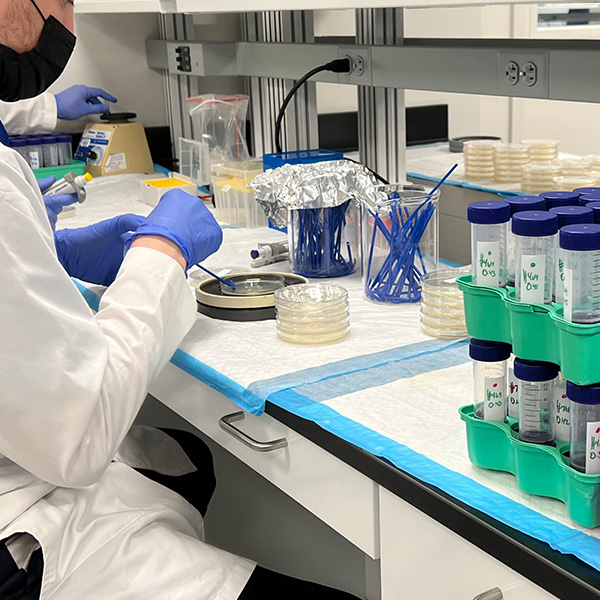
Abstract
Background: During the COVID-19 pandemic, office workers were displaced from their places of employment. This situation caused a heightened interest in understanding viral disease transmission in indoor spaces including offices. Although data has been published on the survival of various coronaviruses including SARS-CoV-2 on a variety of surfaces, most related to impermeable materials common to healthcare environments. Methods: We studied two typical contract fabrics (polyester and wool) and cotton for HCoV-OC43 (ATCC #VR-1558) persistence up to 24 h using a modified ISO 18184 test protocol.
Results: We found that HCoV-OC43 was undetectable after 12 h on cotton fabric, 24 h on polyester fabric, and was reduced by 93 +/ 6% within 24 h on wool fabric compared to an inoculum-only control. Differences in droplet-fabric contact angles were observed for the three fabrics, and absorption correlated with virus inactivation. Conclusions: Polyester and wool exhibit virus-inactivating properties similar to cotton, although the degree of inactivation is different between the three materials. Liquid absorption is likely a key factor involved in the inactivation process. When the results are extrapolated to real-world environmental temperature and relative humidity conditions, commonly used fabrics in interior offices spaces are determined as unlikely sources of human coronavirus transmission.
Download publication (PDF)